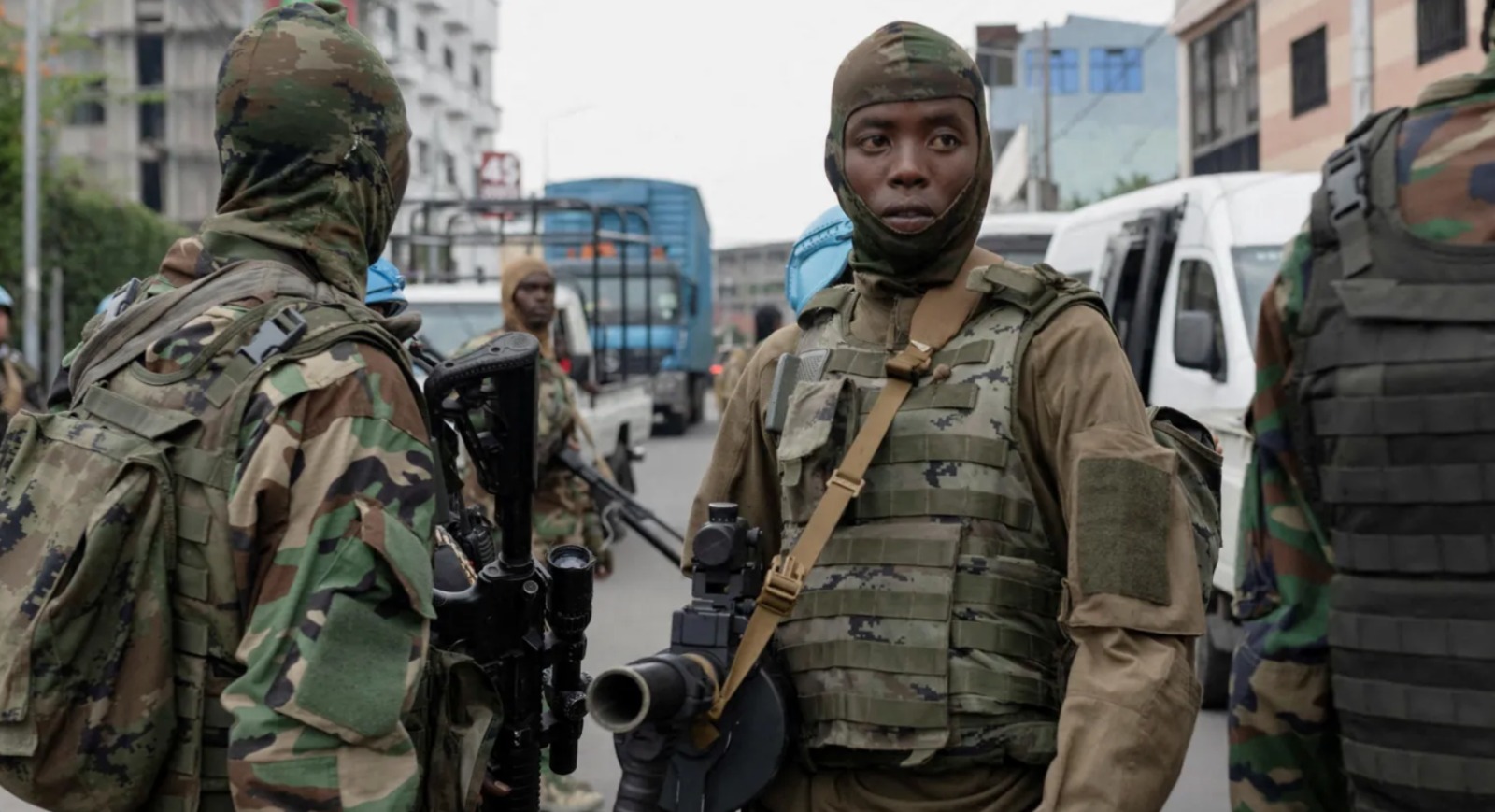

The situation in the Democratic Republic of Congo makes me appreciate the relative peace we have in Kenya.
This is despite some little political incitement that we still have at the moment.
Why am I saying so?
It’s not obvious in Goma right now that you can walk in the streets without feeling tense.
It’s not obvious that shops in Goma can display items on the shelves with only a glass window as a barrier, without thinking about a burglar breaking in in the absence of the owner.
It is also not obvious that you can sleep soundly at night without worrying about men and women being killed by irate youth, and women and girls being raped and murdered.
These and more are disheartening stories coming from right next door.
Positive, perfect peace is difficult to achieve.
There will always be something you are dealing with— be it radical politicians, demanding electorate, unpredictable democracy, rising taxes, immigration, or threats from neighbouring countries that developed countries are now having to deal with.
However, they have some level of relative peace.
This enables these countries to invest in their citizens.
One notable instance is how many people of goodwill and civil society organisations advocate for peace, before, during and after any elections, instead of inciting fellow citizens.
Peace messages championed by various political and prayers as well as peace campaigns by religious leaders, help calm tensions that normally arise during elections.
Additionally, the National Cohesion and Integration Commission, according to their mandate, has played a critical role in fostering peace among different ethnic communities.
By addressing hate speech, promoting dialogue and working with grassroots organisations, NCIC has contributed to reducing inter-community conflicts, especially in volatile regions like Rift Valley and the coastal areas.
Another significant example is the role of community-led peace initiatives in places like Nakuru and Eldoret, which were previously hotspots of ethnic violence.
Through mediation programs, peace dialogues and youth engagement initiatives, these regions have experienced a reduction in violent conflicts, allowing communities to coexist and rebuild their livelihoods.
Kenya has seen successful reconciliation efforts after many historical injustices.
The Truth, Justice, and Reconciliation Commission was established to address past grievances and propose ways forward.
Inasmuch as implementation has been slow, the mere existence of an initiative like TJRC shows Kenya’s commitment to addressing its past and fostering a peaceful future.
In urban areas like Nairobi and Mombasa sports tournaments and artistic expressions are used by county governments, civil society and well-wishers as tools for peace and social cohesion.
Football matches, poetry slams and music festivals have brought together youth from different backgrounds, leading to increased dialogue and unity.
While Kenya may not have
achieved perfect peace, its ability to manage political transitions,
foster reconciliation and invest in
community-led peace efforts sets
it apart from many conflict-ridden
countries.


